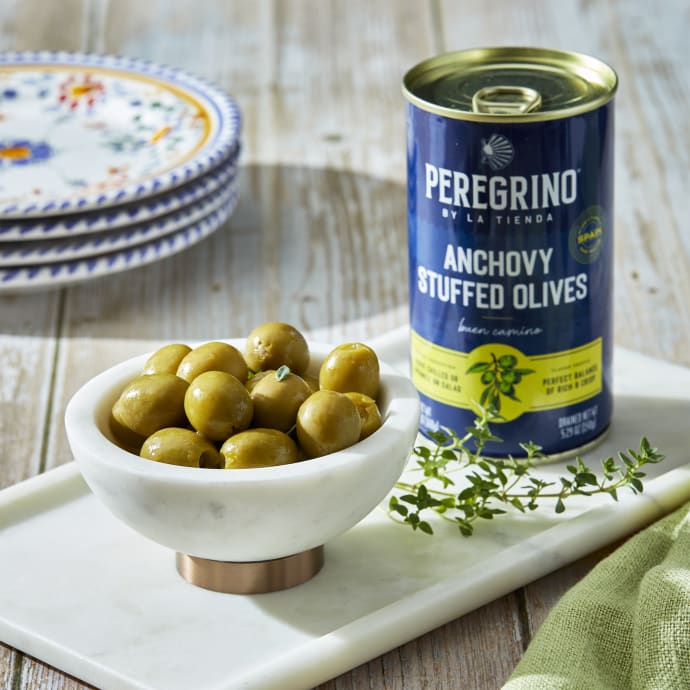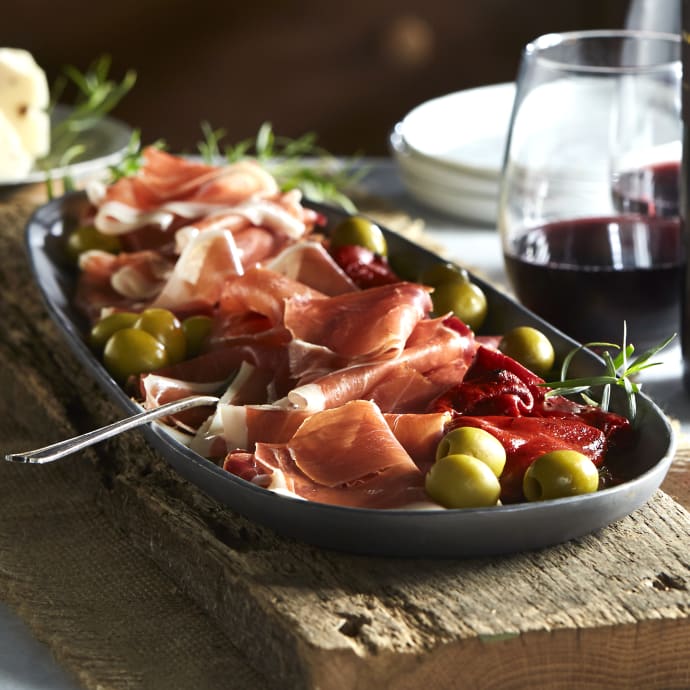
Make preparation for paella easier
Fayetteville Observer Online
-
October 13, 2006
Other Press
A trio of savory snacks to enjoy this fall
Atlanta Journal-Counstitution
-
November 1, 2024
The 15 Best Gifts for People Who Love Food
Wirecutter
-
October 23, 2024
This Classic Garlic Keeper Is the One Thing I Made Sure I Brought Back from Spain
The Kitchn
-
July 10, 2024
That's How the Light Gets In
Defense Visual Information Distribution Service
-
April 20, 2024
Featured Products

Sliced Ibérico de Bellota Ham by Peregrino, Nitrate Free - 2 oz
JM-52
(44)
$39.00

Anchovy Stuffed Olives by Peregrino - 'Extra' Quality
OL-03
(83)
2 for $10.00

Wood-Fire Roasted Piquillo Peppers from Lodosa
PQ-14
(25)
$15.00

Tetilla Cheese, D.O. - 1.1 Pounds
CS-100
(17)
$29.00

Sliced Serrano Ham by Peregrino, Nitrate Free - 6 oz
JM-01
(85)
$19.00

Ventresca Tuna Belly Fillets by Conservas de Cambados
SE-183
$22.00

Sliced Lomo Ibérico de Bellota by Fermín
IC-10
(8)
$19.00







